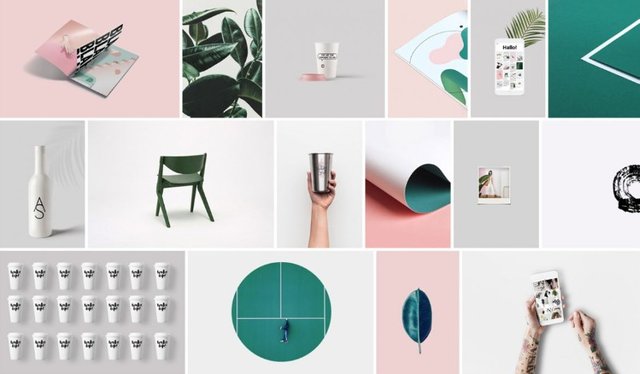
Still in the mood of creating a high-quality portfolio? Here are some tips that would further guide you through this path. I recommend that you digest part 1 and part 2 of this article to skyrocket your portfolio into a potential and enticing one your visitors would never resist but rather hire you.
Let's begin
Design Portfolio Tips for Product Designers

Product designers have always struggled and found it challenging in creating a portfolio that effectively communicates their talents and skills. However, there is a sure-odd that could make it work.
Collages and duotone treatments are two methods that can be used on UX artifacts, for example. Deploy quick visuals that communicate the right amount of details as you stay focused on displaying your design process.
Provide and present theses, design rationales and key learnings gathered during the project and how your design decisions impacted specific outcomes.
Talk about how your design thinking uncovered user behaviours, needs, and motivation. By doing clients and recruiters would have a better understanding of your product thinking process, approach, and strategy.
As clients and recruiters check out your portfolio, make sure your portfolio is clear as to what aspects of UX, visual design or UI design you are into. Do you do UX research or usability testing? What role did you play on a project? Illustrate how the problem was solved, and how you arrived at the solution, but always keep it brief and clear.
Product designers need to think of their portfolio as a user-centred design project. Make it user-friendly. Think of what clients are looking for. Demonstrate that you know your way around the full product design lifecycle.
Some Design Portfolio Mistakes to Avoid

Anything that gets in the way or stands as a barrier to an efficient portfolio review creates a negative impact and affects a designer’s ability to get hired. As clients and recruiters encounter these barriers, they’re likely to move on to the next designer portfolio. Below are some common mistakes:
- The portfolio presentation is too overly creative and idiosyncratic which affects usability and makes navigation complicated. Make the portfolio easy and clear to review. It’s best to impress and entice visitors with your works and not the portfolio’s design. The focus should be on delivering what recruiters or clients are looking for without excess fancy or creativity.
- Don’t be half-hearted with the presentation, sweat and present the details and information that would make the clients have a better u understanding of your work. Grammar check is also important, as clients also evaluate designers on their professionalism.
- Not making it clear what type of designer you are, what your niche is, what you’re looking for, and what industries and businesses you would like to attract and work with, i.e., eCommerce, B2C, branding, mobile, startups, etc
- Avoid presenting endless scrolling pages. Break it down into smaller pieces for clients to digest. Don’t describe who you are on a project work put that on the About page.
- Avoid showcasing disorganized, random images of work and not telling visitors what the projects were about. Remember to display your design like you are telling a story.
- Finally, don't try to be too fancy and too creative. Use mock-ups to amplify your design presentation.
Where Can Designers Create an Online Portfolio?

Today, there are various no code and template-based portfolio sites available for all designers to build their portfolios. Although, some of them are free while some are paid versions. They are Webflow, Notion, Without Code, Behance, Tilda, Adobe, Squarespace, Wix, Editor X, Contently and Semplice, to name but a few. All these with their differences and specifications give designers a free and beneficial edge in building a potential portfolio.
Final words
An online design portfolio is your vitrine to the world and will potentially get you your dream job. If you invest enough time to build it, it will definitely come through. Therefore, to set it up for an unending success, you must meticulously plan and strategize its content, structure, and layout.
As designers wonder how to create a portfolio, they may want to explore other design portfolios to learn and copy from them. What’s good and bad about a particular portfolio? What works and what doesn’t work? If you were a client, would you hire such a designer?
Thank you for contributing to the #LearnWithSteem theme. This post has been upvoted by @maazmoid123 using the @steemcurator09 account. We encourage you to keep publishing quality and original content in the Steemit ecosystem to earn support for your content.
Regards,
Team #Sevengers
Downvoting a post can decrease pending rewards and make it less visible. Common reasons:
Submit
Greetings @okwy, we asked you to do at least 4 achievements, but it is sad that you have not responded to our 3 days ago message and did not try to make more achievements.
I am afraid we might not be able to continue our support to you if we do not get a response from your side.
Regards,
Team #Sevengers
Downvoting a post can decrease pending rewards and make it less visible. Common reasons:
Submit